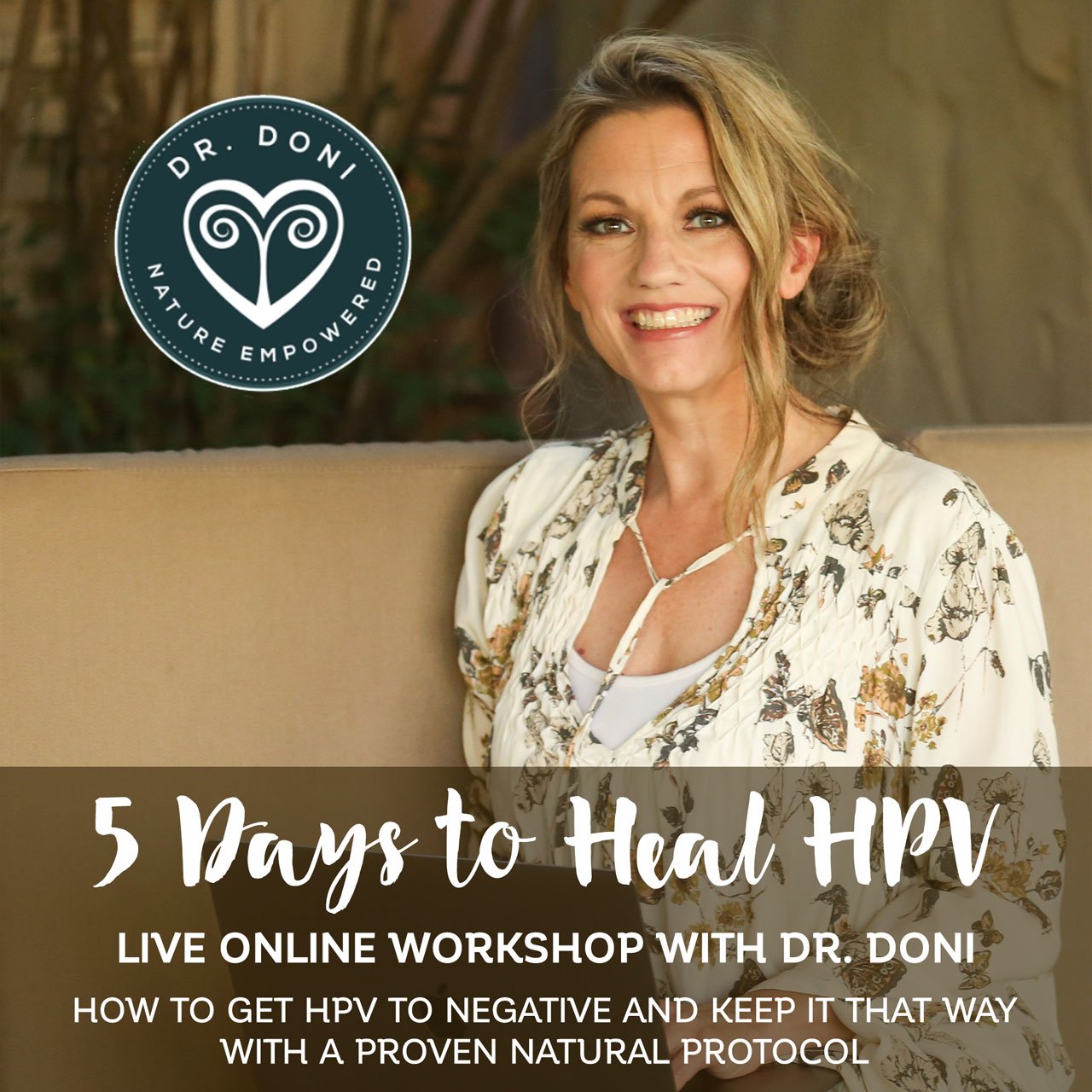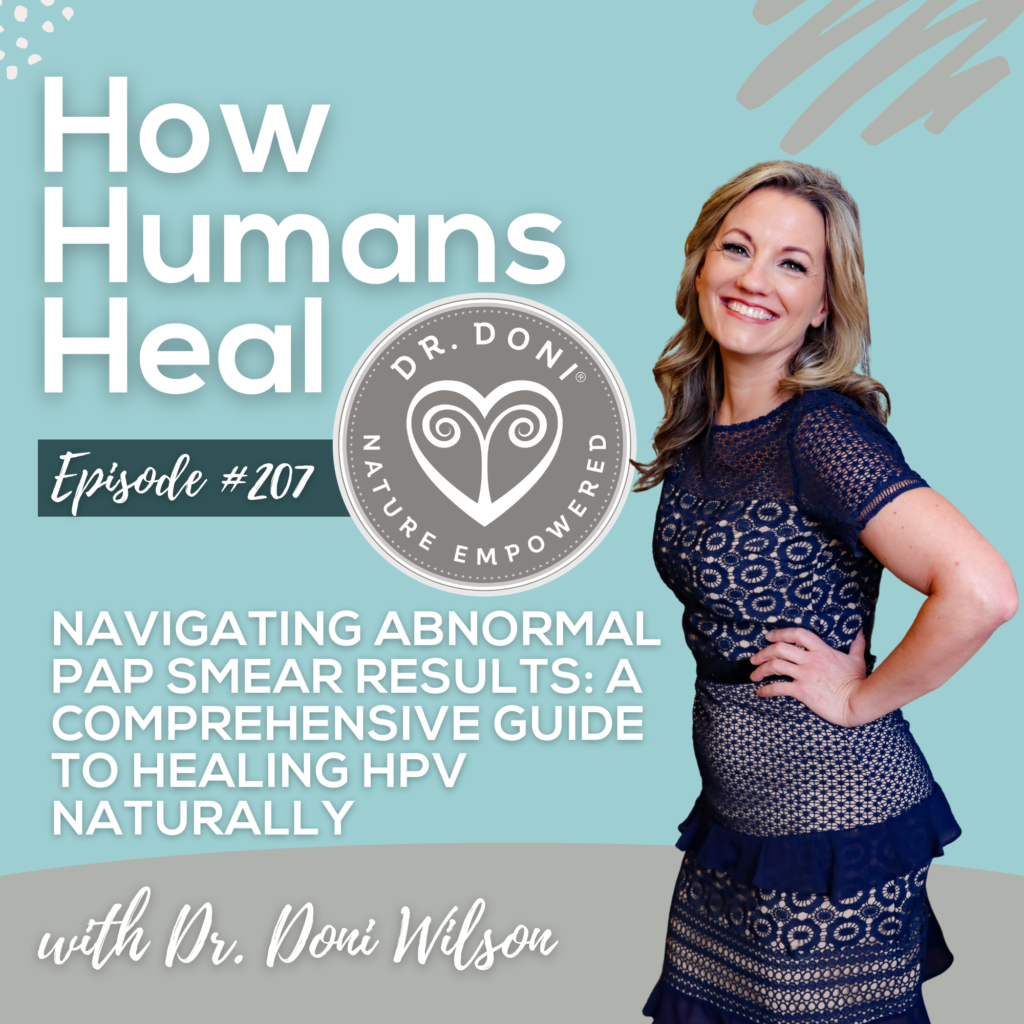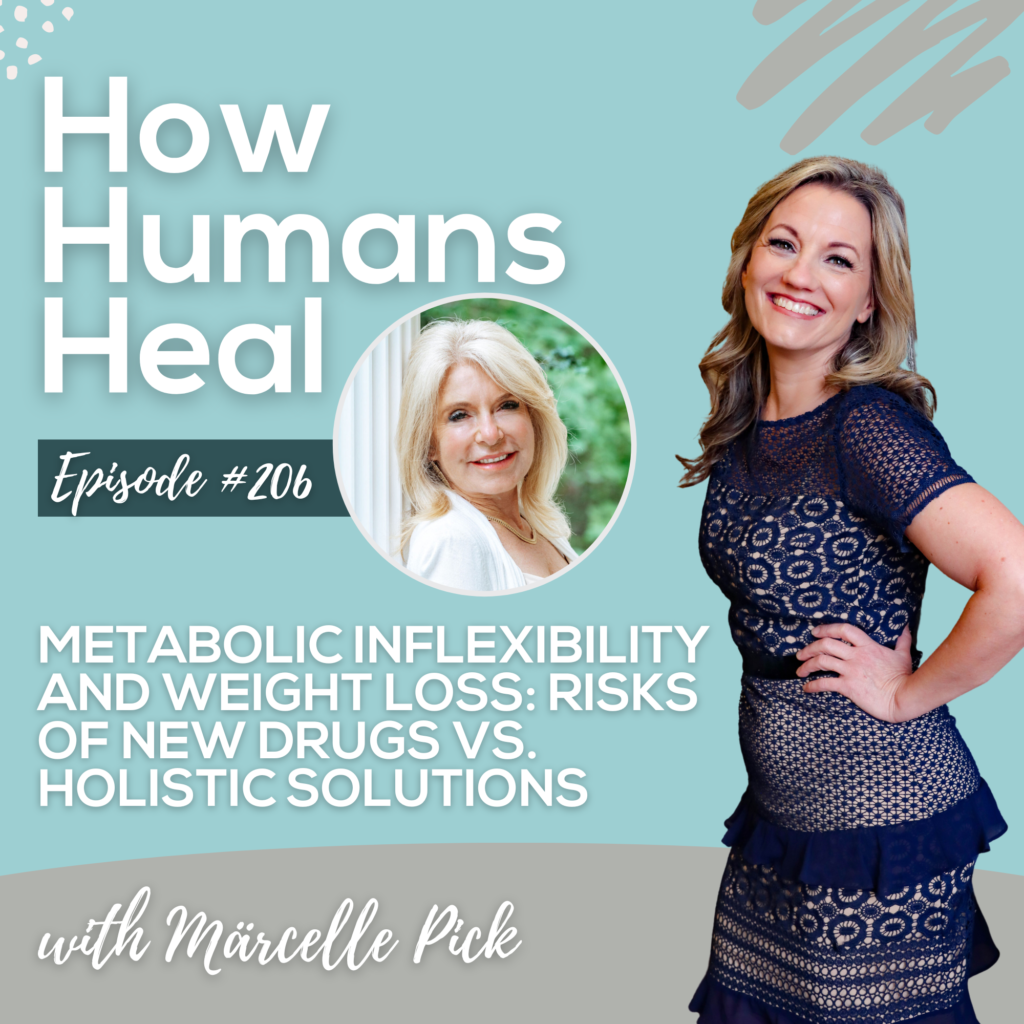
Migraines: Dr. Doni’s Personal Story
- Home
- Headaches & Migraines
- Migraines: Dr. Doni’s Personal Story
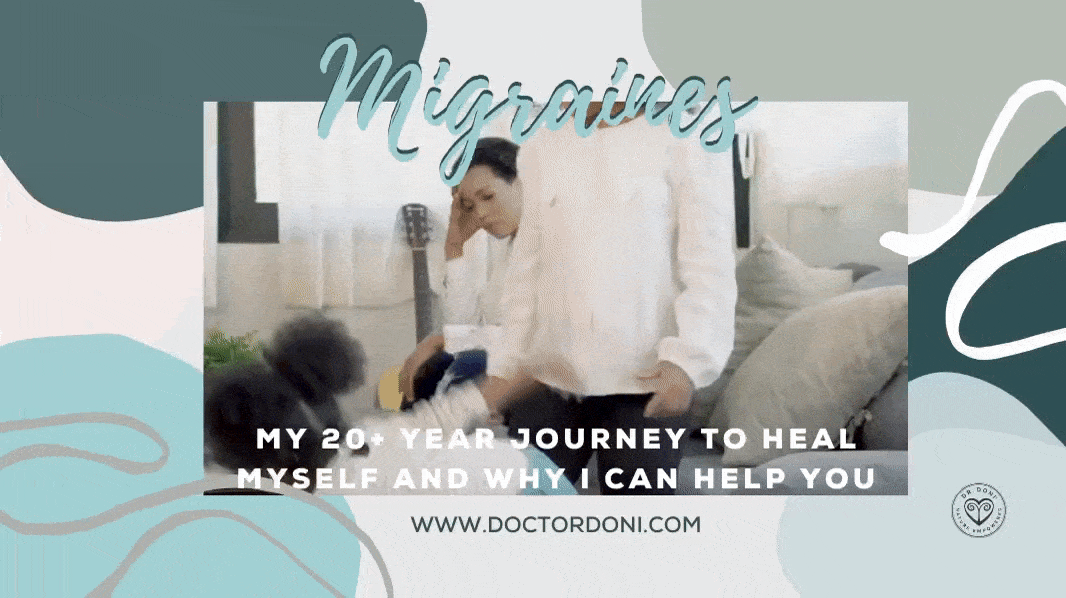
Migraines are personal to me. I battled with attacks for over twenty years of my life. Read how I took back control and how I can help you.

The Aura
It was happening again. The light from the movie screen felt like an assault on my eyes. I could feel my throat welling-up and the insides of my cheeks began to saturate with saliva. I jumped out of my seat, left my boyfriend without a word, and sprung through the theater’s swivel doors.
The wave of nausea had fully washed over me as I stumbled toward the bathroom. I pleaded to myself, “oh no, please, not again.” I knew exactly what was coming next: A migraine. Again.
I felt a rush of pain crawling up the back of my spine. The familiar throbbing sensation deepened right where my head and neck joined and I could feel it settling in. Not only would this pain last for hours on end, the nausea would progress to the point of me violently vomiting every 15-minutes for the next 24-hours, and it would take days for me to recover.
I was 21 years old when this first happened, but it was far from the last time. In fact, this happened numerous times each year, and some years it happened every 2 weeks, for the next twenty four years.
Searching for Answers about Migraines
When I graduated from college, the plan was to enter pharmacy school in my father’s footsteps. I wasn’t sure that is what I wanted to do, especially after studying nutrition and realizing that I was more interested in learning about food as medicine.
I had tried medications to help with the migraines, but they didn’t work or made me feel worse. But I was confident in my ability to solve the issue. After all, I had solved my heartburn in college by changing my diet, why couldn’t I fix this?
So that’s exactly what I did. I decided not to go to pharmacy school. Instead, I went to naturopathic medical school. I went to the student health clinic and tried everything they told me. Based on everything I was learning, I changed my diet, I took vitamins and herbs, I went to regular massage and acupuncture appointments in the Chinese Medicine clinic. I was eager to invest my time, energy and financial resources into fixing this problem because it was affecting my ability to function on a day-to-day basis. However, many of the things I tried made me feel worse, not better, or only helped to a degree. So I kept searching.
Mounting Frustration
Years after I completed my medical degree, I was fed-up and frustrated. I was dealing – if you can even call it that – with debilitating migraines regularly. All while building my practice, raising my daughter, running a not-for-profit company, and juggling day-to-day activities and responsibilities. And when an episode hit, it took over. I would call my office and have to clear all my patients for the day. I was in a fog of pain and could not function. The only thing I could do to comfort myself was lay in my bed in the dark, until it was over.
I continued to try diet changes, like going gluten-free and dairy-free. This helped some, to be sure. I got physical therapy, cranio-sacral therapy, acupuncture, and more. Checking my hormone levels, rebalancing my cortisol and neurotransmitters, healing my leaky gut – all of this helped, but still the migraines kept on coming. They made it hard for me to travel and to go out to eat, and everything I was doing to prevent them was taking up so much time. Yet I felt embarrassed to tell anyone.
The Turning Point
I began to question everything: How could I claim to be the healing companion to my clients along their health journey when I couldn’t even address my own? After all, by this point, I was a mother and naturopathic doctor seeing and successfully helping thousands of patients – and yet, I couldn’t heal myself all the way.
It was one of those moments in my life, that when I look back, I realize was the catalyst that brought me to where I am today. I realized I had been going about this all wrong. I kept hoping the next migraine wasn’t going to happen, and then feeling defeated when it did. It was time to dig deeper to understand what was triggering the migraines and not just try to get through the symptoms.
So after 24 years, I started from the ground-up and began a deep dive into researching genetics, how that related to diet, hormones and nutrient deficiencies. I also looked outside the body to the environmental stressors that many don’t even think to consider, but in reality is a crucial element in diagnosing.
Honing in on the Stressors
And then there it was, I couldn’t believe it. A two-part answer and it was right in front of me the whole time. The first was that even though I had worked so hard to eliminate as many possible toxins and migraine triggers, I realized that I could be getting sick from my mattress as it was filled with flame retardant. Which most mattresses on the market are. And sure enough upon testing myself, I found that my body was filled with flame retardant toxins. I knew I had to work very hard to eliminate them from my system. I never slept in that bed again.
It was an incredible irony that struck me deeply, my bed–the place that I sought out for comfort during these horrendous episodes–was a major cause of these horrible migraines. And I had no idea.
The second piece of information that quite literally changed my life was that I discovered I had a gene mutation that makes my joints hyper-mobile, called Ehlers-Danlos Syndrome (EDS). It was compounded by the fact that at the time I was commuting long distances, sitting in the car for hours each week, not to mention sitting at my desk for long hours. To improve this, I changed my schedule drastically so that I hardly spent time in the car and bought a standing desk.
I also found a physical therapist who understands this condition. She was able to understand exactly what my body needed in to order to recover from prior injuries and taught me that, with EDS, I needed strength in order to keep my joints in place, but not over-doing it, which would send me back into pain. This explained why Pilates, which I had been doing for years, helped so much. I’m so grateful to her for what she taught me about my own body. (I’m happy to put you in touch with her if you need.)
And guess what? I haven’t had a vomit-inducing migraine in over two years. TWO WHOLE YEARS. I’ve taken back control of my migraines, and I’m here to tell you we can and will get back control of yours!
What Are Migraines?
First, let’s understand what a migraine is, which is really a form of head pain. Head pain can show up in many forms such as tension headaches, cluster headaches, and of course migraines.
- Tension Headaches: The most common form of a headache. Most people have experienced tension headaches at some point in their life
- Cluster Headaches: Characterized as a chronic daily headache, and can also show up with medication overuse.
- Migraine headaches: While less common than the tension headache, migraines are still experienced frequently by many people. A migraine may cause that severe throbbing sensation. It’s also often accompanied by nausea, vomiting, and extreme sensitivity to light and sound. Migraine attacks can last for hours to days, and the pain can be so severe that it interferes with your ability to perform your usual daily activities. Migraines can be associated with the menstrual cycle and with peri-menopause.
Did you know that migraines affect approximately 39 million men, women and children in the U.S? And 1 billion worldwide?
While these aches and pains are in the same family, the biggest superficial difference between the pain of migraines and those of a headache is the throbbing quality that is associated with migraines, that was mentioned above. If you suffer from migraines, you’ll know exactly what I’m talking about. That deep pulsing behind your head or along your temples, which is often exasperated by even the slightest physical exertion and exposure to light.
If you suffer from Migraines, make an effort to become aware of your body, and you might notice subtle changes that warn you of an upcoming attack, including things such as:
- Constipation
- Diarrhea
- Mood Swings
- Food Cravings
- Neck Stiffness
- Brain Fog
- Fatigue
- Frequent Yawning
- Jaw Clenching
- Increased Thirst and Urination
The 4 Stages of Migraines
Migraines can begin as early as childhood or adolescence and may progress through four stages known as: Prodrome, aura, attack, and post-drome. However, not everyone who has migraines experiences all four stages.
Prodrome
This stage of a Migraine attack is crucial for a couple of reasons. First, it is a warning to you that an attack is sure to occur anywhere in the next few hours or couple days. Second, it’s important to keep track of these symptoms in relation to the activities you participated in and foods you consumed prior to these warnings. Then we can establish a pattern as to what is triggering your attacks. Although the prodrome symptoms can vary, many report the following:
- Heightened sensitivity to light, sound and odors
- Lethargy or uncontrollable yawning
- Food cravings
- Mood changes (i.e. depression, anger, or even euphoria)
- Excessive thirst and polyuria
- Fluid retention
- Constipation or diarrhea
- Anorexia
These symptoms may be difficult to diagnose as part of the migraine complex if they are occurring in isolation from the actual head pain or if they are mild, but it is crucial to analyze the internal and external stressors in your life that may be playing a role in your migraine attacks.
The Aura
For some people, the aura might occur before or during the start of a migraine attack. Auras are reversible symptoms of the nervous system. They’re usually visually related, but can include other disturbances. Each symptom usually begins slowly, but can build up over several minutes and last nearly an hour. Symptoms appear in the form of:
- Seeing shapes, bright spots or flashes
- Vision loss
- Pins and needle sensations in an arm of leg
- Weakness or numbness in your face or one side of your body
- Difficulty speaking
- Hearing noises
- Uncontrollable jerking movements
The Attack
A migraine can last anywhere from four to 72 hours if left untreated. How often they occur varies from person to person, an attack might rarely ever strike, or if you’re like me they could happen every week and sometimes multiple times in a week. During the attack you’ll notice you feel things such as:
- Intense Pain, maybe just on one side perhaps on both sides
- Throbbing and pulsating pain
- Sensitivity to light, sound, and sometimes smell and touch
- Nausea and vomiting
Post-drome
After a migraine attack you’ll feel drained, confused and wrung out, and if you’re like me that feeling would take days to recover from. Sudden head movements might trigger a brief flash of pain.
Common Causes of Migraines
A lot of head pain is really related to tight neck muscles or neck pain, the misalignment of vertebrae. Migraines may also present themselves when you’re congested or have sinus issues, or as a result of a growth or a tumor, even though that’s actually the least likely. More often it’s related to stress of some type and how that stress is presenting itself is as pain in your head.
Other causes could include, but are not limited to:
- Aged meats and cheeses
- Alcohol and caffeine
- Sugar and low blood sugar levels – I mastered blood sugar balancing
- Food Sensitivities – such as gluten and dairy
- Hormone imbalances – estrogen and progesterone in particular
- Low thyroid function – even slightly underfunctioning thyroid can be issue
- Sleep Cycle Changes – which was tricky when my daughter was young
- Medications – birth control pills and more
- Sensory triggers (smell, sight, light, etc.) – no perfume, non-toxic cleaning products, spectrum light bulbs
- Dehydration – drinking filtered water throughout the day
- Changes in weather (difficult or impossible to avoid)
- Muscle tension – massage, adjustments, and myofascial treatments worked temporarily
- Teeth grinding (bruxism) and TMJ (temporomandibular joint) issues – I found that a physical therapist with the right skills outweighs a mouthguard any day!
- Allergies – pollen, dust, mold
Treating the Symptoms
Interestingly, while all of these proved to be triggers for my own migraines, and avoiding them helped decrease their frequency, I still had attacks that disrupted my life and work. Everything I did potentially delayed an episode, but didn’t completely resolve the issue.
This is that moment when I realized that what I needed was real solutions, but I was embarrassed and ashamed that I couldn’t solve my own health problem even though that was my job for everyone else I met with.
And so I suffered in silence, hiding my pain, which in the end made it worse. I inadvertently created more stress for my mind and body by not talking about the issue, and not asking for more help.
Once I realized this, I knew I had to start talking. So I told colleagues and friends, I did more tests on myself and made it part of my day to day reality. Instead of closing it off and hoping it wouldn’t happen again (which I had been doing for decades), I dug deep and faced it head on and with the mindset that I could figure this out, with help.
I kept searching. I knew there had to be a solution or solutions that would put an end to the pain.
Getting to the Root Cause of Migraines
STRESS. And let me clarify further that when I say stress, I don’t just mean the anxious emotional build up before a major event. Stress is anything that necessitates a reaction from your body, physical or emotional, we can also further classify different stressors as internal or external. Some examples could include diet sensitivities, which would cause internal stress when consumed, or if you have a severe allergy to mold, that could be an external stressor, like what happened to me with my mattress that was filled with flame retardant.
The key, ironically, is to have SUPPORT for dealing with stress.
And that’s when it clicked, I needed to figure out how to help my body recover from stress and to be supported while stressed (because the point is not to avoid stress all-together, but instead to give the right support).
So in the process, I discovered …
- Stress disrupted cortisol levels
- Cortisol then disrupts digestion, immune system, hormones and nervous system
- A vicious cycle ensues
I learned to avoid gluten, discovered how to heal my leaky gut, recover from adrenal distress, and rebalance my neurotransmitters. This even led me to the discovery that I also have an MTHFR gene mutation, which is also associated with migraines.
Between both migraines and patients I was researching endlessly until I was able to find a connection: Stress, gut health, nervous system, gut-brain axis, and genetics. This is otherwise (in the research) known as “psycho-neuro-immuno-endocrinology.”
My body was stuck in a stress response, which was disrupting my digestion, hormones, immune system and nervous system, and causing migraines. I had to address all of those systems, which I did over the years. And then I had to dig deeper to find and address the toxins from my mattress, which were an additional stress on my body, that doesn’t process toxins optimally due to MTHFR and other genes, and to figure out that the EDS collagen gene disorder made my joints particularly vulnerable to dislocation, causing muscle spasms.
And then, I figured out that not talking about the migraines was actually making them worse. The vagal nerve, which connects our brain and our gut in a two-way communication, was in a constant state of stress, psycho-emotional stress and literally stress from tight neck muscles pressing on it! In fact, the same muscles that support the neck extend down to the diaphragm and support the stomach. I had to integrate approaches to heal my vagal nerve, and that included deep breathing as well as opening up emotionally, with others, in a way that I hadn’t done before.
This lead me to open my mind to something I had been reading about for years, but never thought I would choose for myself – an experimental approach referred to as helminthic therapy. While this is not where I would suggest anyone start their healing journey, it most definitely should be something you consider especially if you have a history of migraines, pain, allergies, and/or autoimmunity. In short, helminthic therapy is an honoring of the human microbiome, which is to say the microbes of all types, living in our bodies with us, whether we like to think of it, or not.
It turns out that the human immune system relies on signals from our microbiome, including from very specific helminths, which we otherwise would have considered pathogenic. After modifying the protocol used by researchers, I am pleased to say that I was able to eliminate many migraine triggers, which has allowed me to eat foods I haven’t eaten in years, travel on planes without fear of pain, and to be able to declutter my house without severe allergic reactions.
While I couldn’t be more thrilled to finally be rid of my migraines, what I ultimately realized was that my 20+ years of working to heal myself had helped me to create a proven protocol for helping my patients with migraines and many other difficult-to-resolve conditions.
My Approach to Healing Migraines
By identifying stressors and looking at genetics, I am able to address health conditions that haven’t been completely addressed by other means  such as anxiety, depression, autoimmunity, infertility and recurrent miscarriages, infections (such as HPV), digestive issues, allergies, and more.
such as anxiety, depression, autoimmunity, infertility and recurrent miscarriages, infections (such as HPV), digestive issues, allergies, and more.
Perhaps most exciting however is that I am able to reverse the symptoms and provide a better quality of life for my patients.
Don’t suffer in silence like I did, it will only hurt yourself in the end.
If you haven’t found a treatment that reduces or eliminates migraines from your life, it may be time to dive deeper into your personal stress triggers, food sensitivities, and genetics.
For more information on this, please feel free to contact me here.
Healing is not one-size-fits all. I offer several options for meeting with me by phone (or video), no matter where you are in the world. At that appointment I review your situation and your needs, and provide suggestions on how best to proceed based on my years of experience.
If you’d like to start by staying in touch, please sign up for my weekly wellness wisdom newsletter, where I share about my recent blog posts, podcast episodes and opportunities to learn more and help your health. The key is to understand that healing is possible, and you are worth it.
Wellness wishes to you, as always!
–Dr. Doni
25th June 2020
Share this Post:
Dr. Doni Wilson's Team
14 Day Detox Program
Take the Stress Type Quiz
Dr. Doni Social Media
Popular Posts

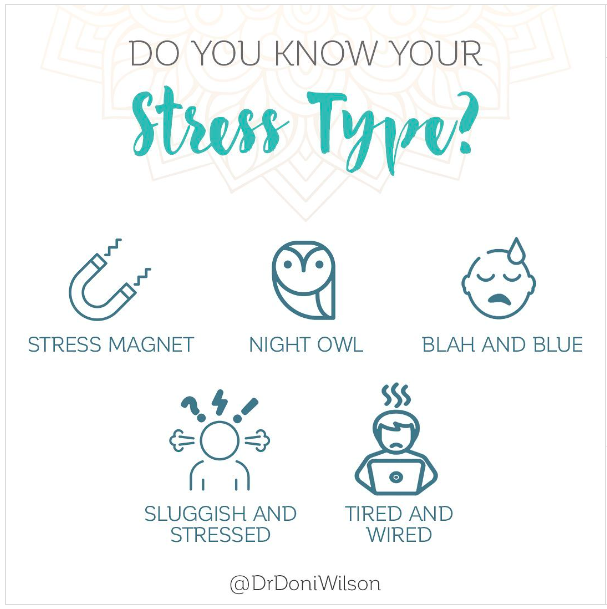
The 5 Burnout Types

Healing HPV Holistically: Dr. Doni on the Inspire Health by Jen Podcast
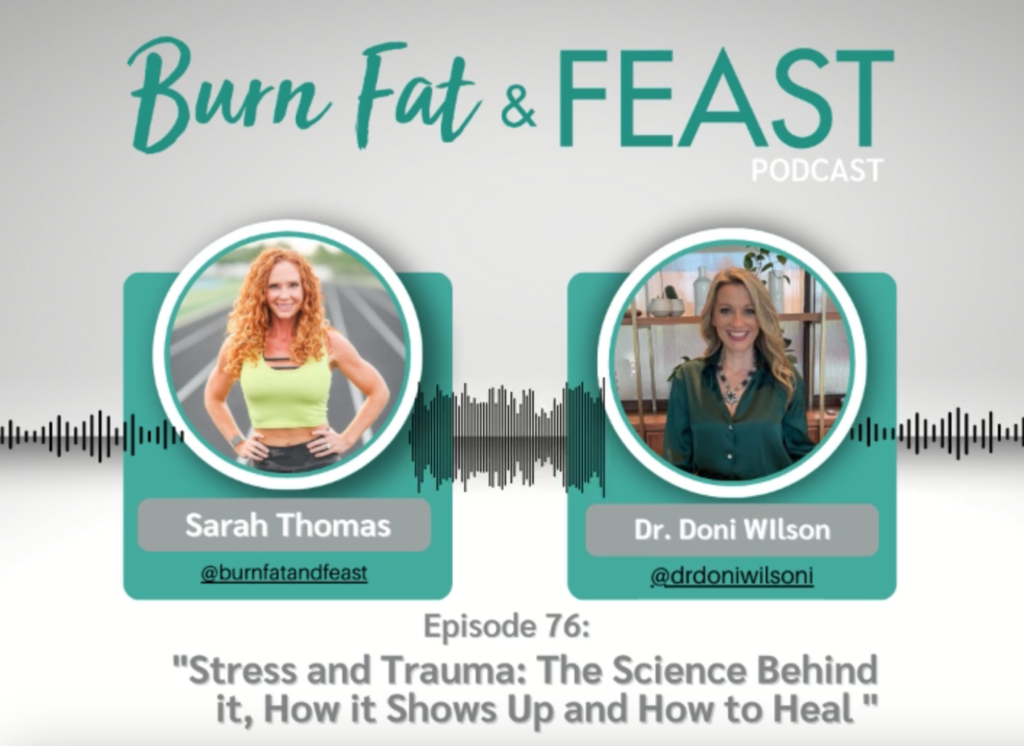
Recent Podcasts
Signup to receive our weekly newsletter with all the latest news, podcasts and special offers
New Book - Order Today!
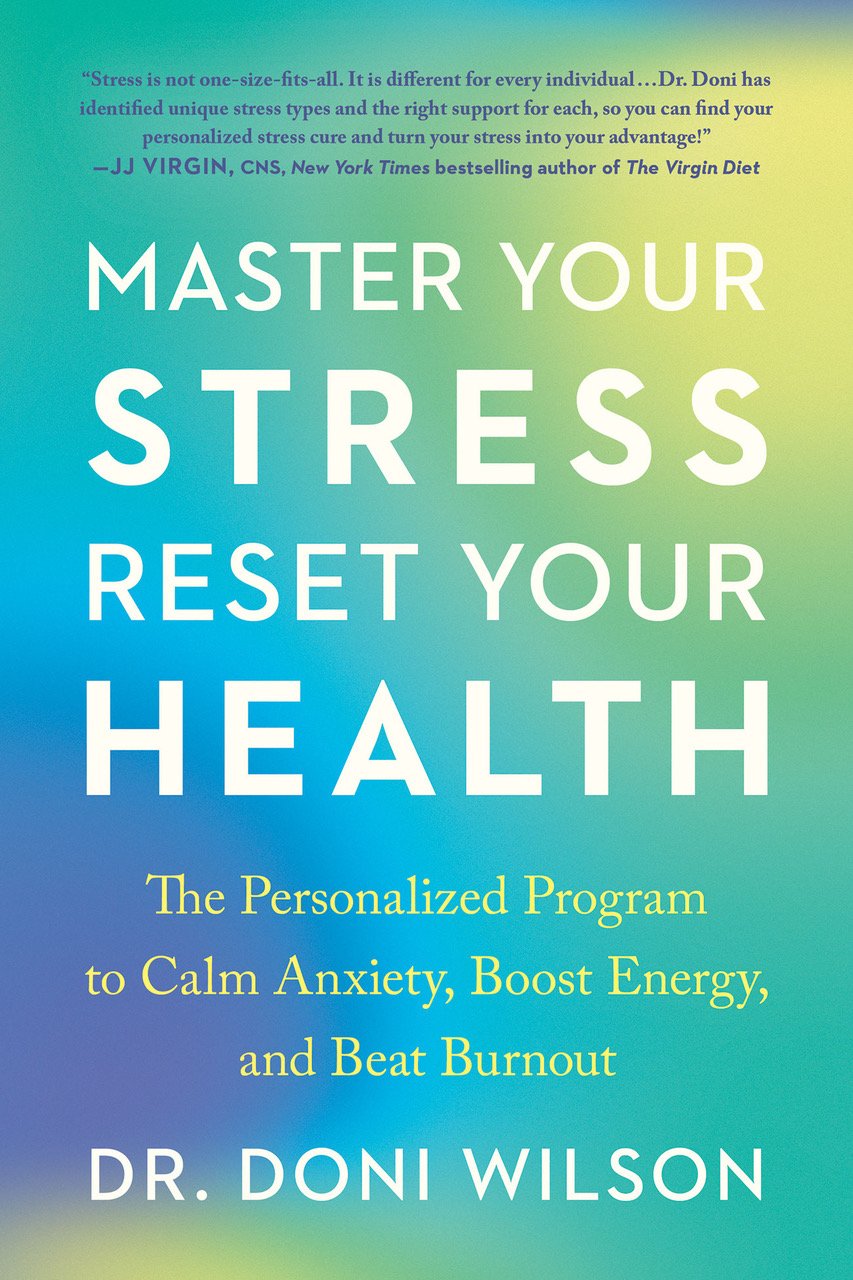
SIMPLE PRACTICES for SHIFTING FROM YOUR STATE of STRESS to YOUR FLOW and FREEDOM
MASTER YOUR STRESS
RESET YOUR HEALTH
Order Now! Related Posts

What is making you susceptible to HPV?
I have been working with women who had abnormal cells on their cervix and/or vaginally, caused by HPV for over 20 years now. And while

The 5 Burnout Types
Did you know there are 5 burnout types? They are based on your Stress Type®, which is how your adrenal function has been affected by

Healing HPV Holistically: Dr. Doni on the Inspire Health by Jen Podcast
Dr. Doni was interviewed by Jen Ciszewski on the Inspire Health by Jen Podcast, talking about how to heal away HPV from your body for good.

Stress and Trauma: The Science Behind It, How It Shows Up and How to Heal: Dr. Doni on The Burn Fat and FEAST Podcast
Dr. Doni was interviewed by Sarah B. Thomas on the Burn Fat and FEAST Podcast, talking about the impact of stress and trauma on our health and what to do to recover from them.

